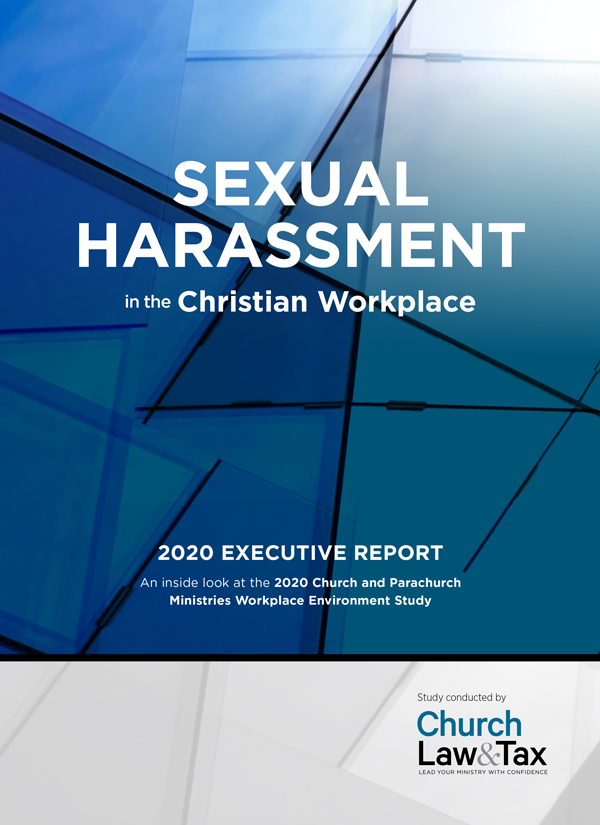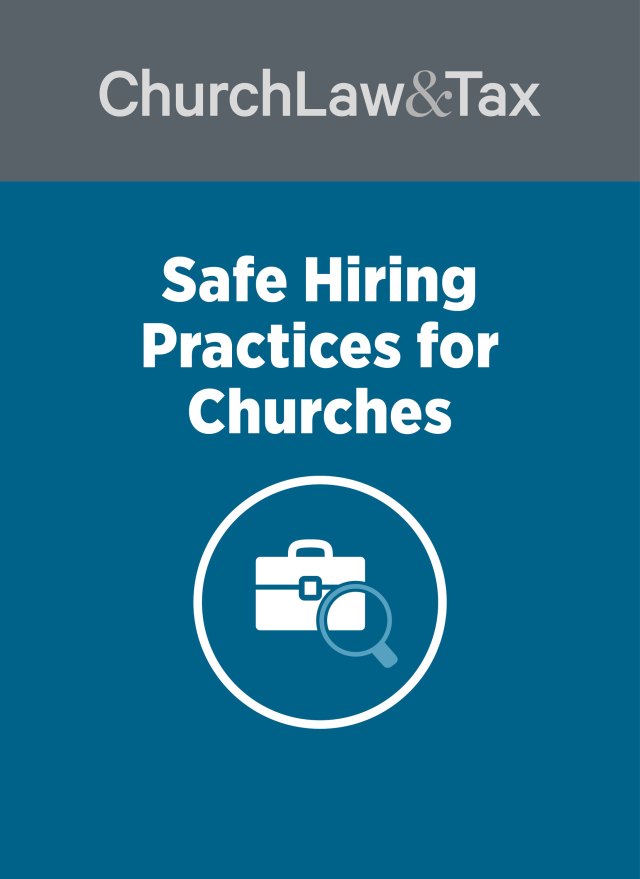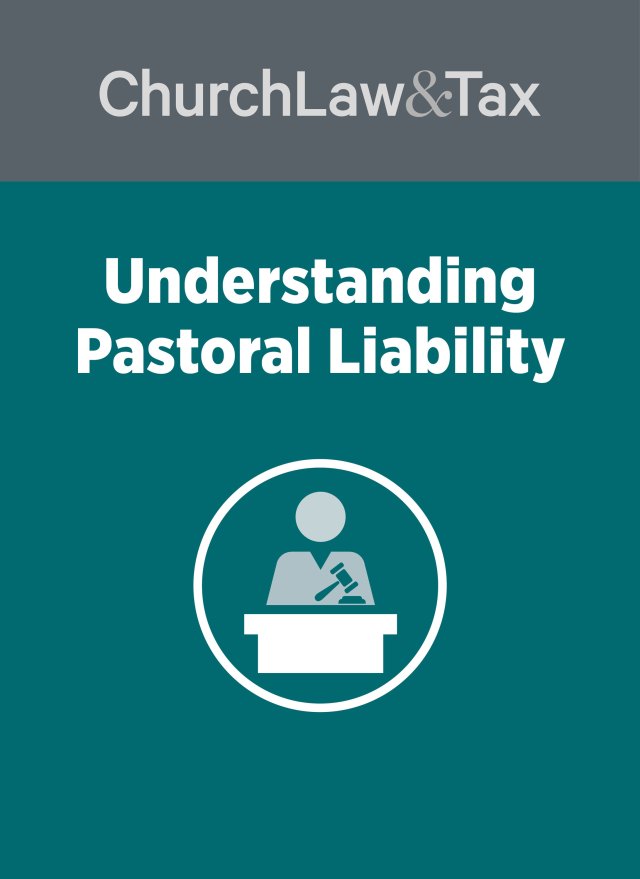• Key point. Some courts have ruled that homosexuality does not render a person a greater risk of sexual assault.
The Arkansas Supreme Court ruled that homosexuality “in no way” indicates that a person is a higher risk of committing a sexual assault. While this case involved an employee of a medical clinic, the court’s ruling is relevant to all employers including churches and other religious organizations. A radiologist hired a male medical technician to work in his clinic. The technician sexually assaulted a male patient while performing an ultrasound examination for possible gallbladder problems. The patient sued the doctor, claiming that he was responsible for the technician’s actions on the basis of negligent hiring, retention, and supervision.
Negligent hiring
In rejecting the negligent hiring claim the court relied on one of its previous rulings in which it found that a hospital was not liable on the basis of negligent hiring for a sexual assault committed by an employee. The victim in that case claimed that the hospital was liable because its background check on the employee was “very inadequate” and a “proper investigation” would have shown that he was not suitable. The court pointed out that the hospital’s background check revealed that the employee had no criminal record or history of violent acts or sexual misconduct. As a result, the court concluded that the hospital had not been guilty of negligent hiring. On the contrary, it noted that “it would take a vivid imagination to glean from this evidence any predisposition to … commit sexual assault.”
In the present case, the victim insisted that the doctor was guilty of negligent hiring since he (1) failed to contact the hospital where the technician previously had worked to find out why he left; and (2) was aware that the technician was a homosexual. The court ruled that this evidence was not enough to make the doctor guilty of negligent hiring. It noted that the doctor hired the technician after working with him for 8 years in a hospital, and that the victim had not produced “any evidence to show what, if anything, [the doctor] would have discovered had he conducted a background check that would have led him to believe that [the technician] was predisposed to commit sexual assault.” The court also ruled that “we know of no” connection “between sexual orientation and a predisposition to commit sexual assault.”
Negligent retention
The victim claimed that the technician had in engaged in previous homosexual misconduct and had a prior sexual assault complaint. The court concluded that this evidence did not make the doctor guilty of “negligent retention” since there was no evidence that he was aware of this information. It added that “the fact that [the technician] had engaged in homosexual conduct in no way indicates that he would commit a sexual assault.”
Negligent supervision
The victim claimed that the doctor was legally responsible for the technician’s acts on the basis of negligent supervision. He noted that it was the doctor’s policy to have a female employee in an examination room whenever a female patient was being examined by a male employee. He insisted that the same “third person” policy should have applied when male employees were examining male patients, especially since the doctor knew that the technician was a homosexual. The court disagreed, noting simply that the victim had presented “no convincing legal authority or argument.”
Application. This case is instructive for a couple of reasons. First, it demonstrates that a reasonable background check is all that is required, not an exhaustive investigation. Second, the court concluded that an employer cannot be guilty of negligent hiring for failing to contact a prior employer for a reference if such a contact would not have demonstrated that the person “was predisposed to commit sexual assault.” Third, the court repeatedly rejected the victim’s assertion that homosexual orientation renders a person a higher risk of committing sexual assaults. Fourth, the court rejected the notion that a third person should be present when male employees (including those with a known homosexual orientation) are examining male patients, even though a third person must be present when male employees examine female patients. This suggests that male clergy who insist on having a third person present when they counsel with females need not apply this policy when counseling with males. It is doubtful that many courts will agree with this remarkably inconsistent conclusion. Porter v. Harshfield, 948 S.W.2d 83 (Ark. 1997). [Negligence as a Basis for Liability]
© Copyright 1998 by Church Law & Tax Report. All rights reserved. This publication is designed to provide accurate and authoritative information in regard to the subject matter covered. It is provided with the understanding that the publisher is not engaged in rendering legal, accounting, or other professional service. If legal advice or other expert assistance is required, the services of a competent professional person should be sought. Church Law & Tax Report, PO Box 1098, Matthews, NC 28106. Reference Code: m67 c0398



